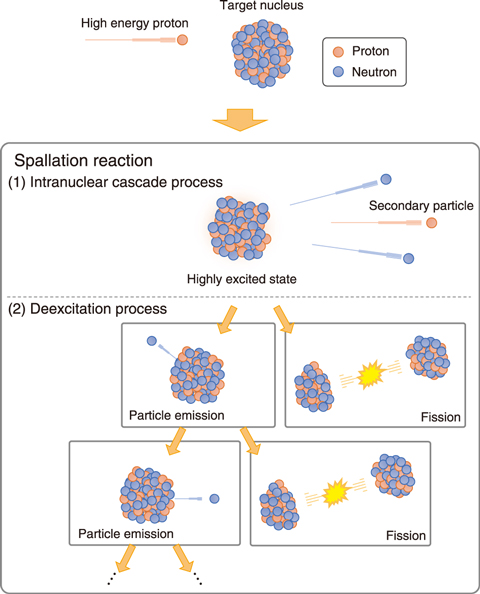
Fig.4-14 Competition between nuclear fission and particle emission in the spallation reaction

Fig.4-15 Comparison of fission cross sections
When a target nucleus is bombarded with a high-energy particle, a spallation reaction occurs. From the perspective of a dynamic or temporal process, this reaction is divided into two processes: the intranuclear cascade and de-excitation processes (Fig.4-14). In the first process, i.e., the intranuclear process, neutrons and protons consisting of the target nucleus continuously interact and some are emitted from the nucleus. The remaining nucleus, which is in a highly excited and unstable state, then releases its excitation energy in the de-excitation process by emitting additional particles or by undergoing fission for heavy nuclei like lead and mercury. The nuclei or particles produced from these processes are referred to as spallation products.
Various spallation reaction models have been developed for the use of neutronic and shielding design of high-energy accelerator facilities such as J-PARC and ADS. However, their complicated theory for the de-excitation process has made improving their prediction accuracy difficult. In particular, it has been pointed out that the conventional models underestimate the yield of the spallation products produced from the fission reaction.
This work has thus aimed to model the probability of fission induced by the spallation reaction. The fission probability was described using a simpler, systematic expression, and then confirmed to predict fission cross sections for various incident energies and target nuclei with about quintuple accuracy, as demonstrated in Fig.4-15.
Future work will aim to further improve spallation reaction modeling, focusing on the spallation products produced from other mechanisms such as neutron evaporation.
This work was supported by the Japan Society for the Promotion of Science (JSPS) KAKENHI Grant-in-Aid for Young Scientists (B) (No.17K14916).
<Previous: 4-6 | Next: 5 Applied Neutron and Synchrotron-Radiation Research and Development>